The ranching industry’s toxic grass problem
Food Environment and Reporting Network
MARCH 27, 2024
Fescue toxicity is the most devastating livestock disorder east of the Mississippi,” said Craig Roberts, a forage specialist at the University of Missouri (MU) Extension and an expert on fescue. Ranchers found the species remarkably resilient and, if not beloved by cattle, edible enough to plant.





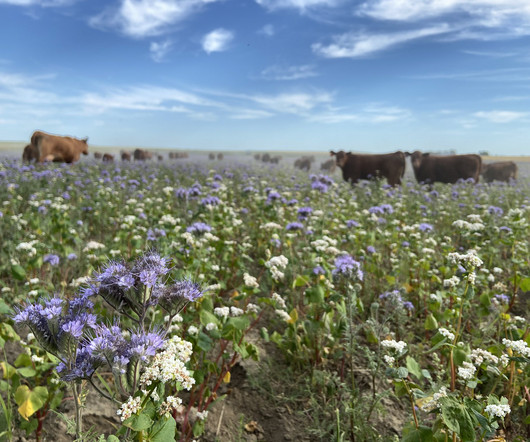
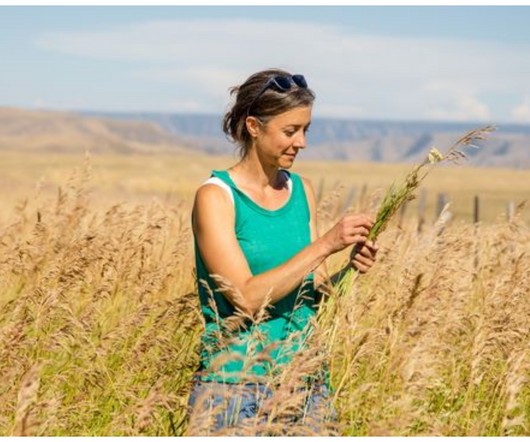
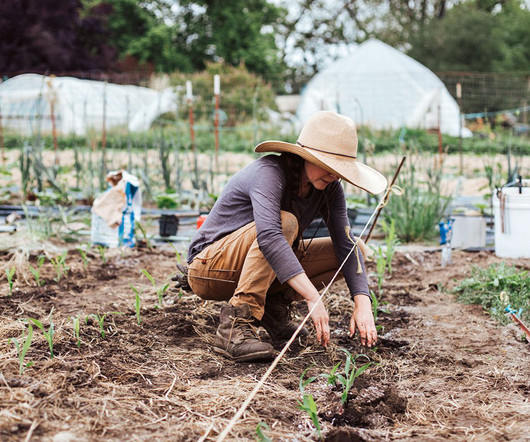


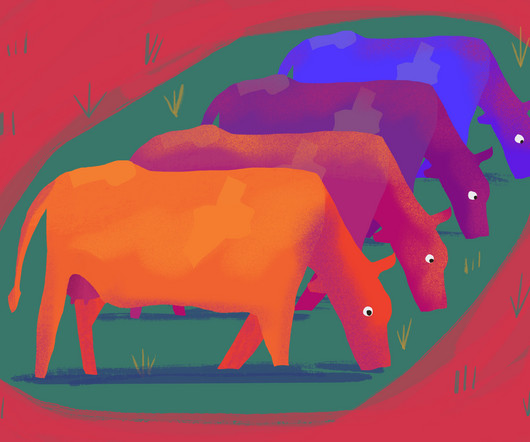



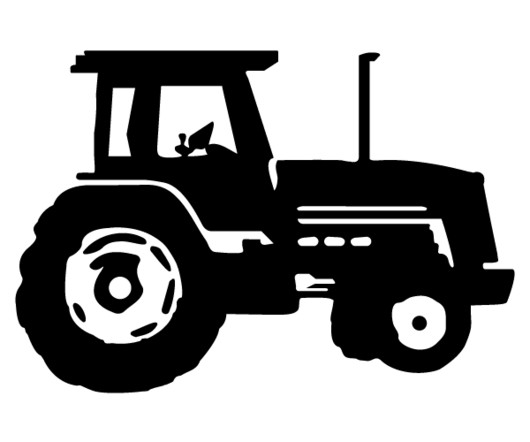
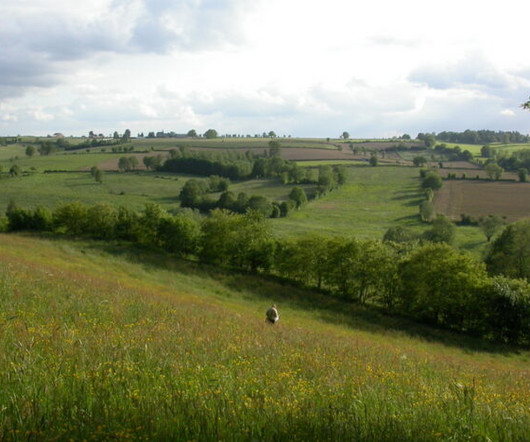







Let's personalize your content